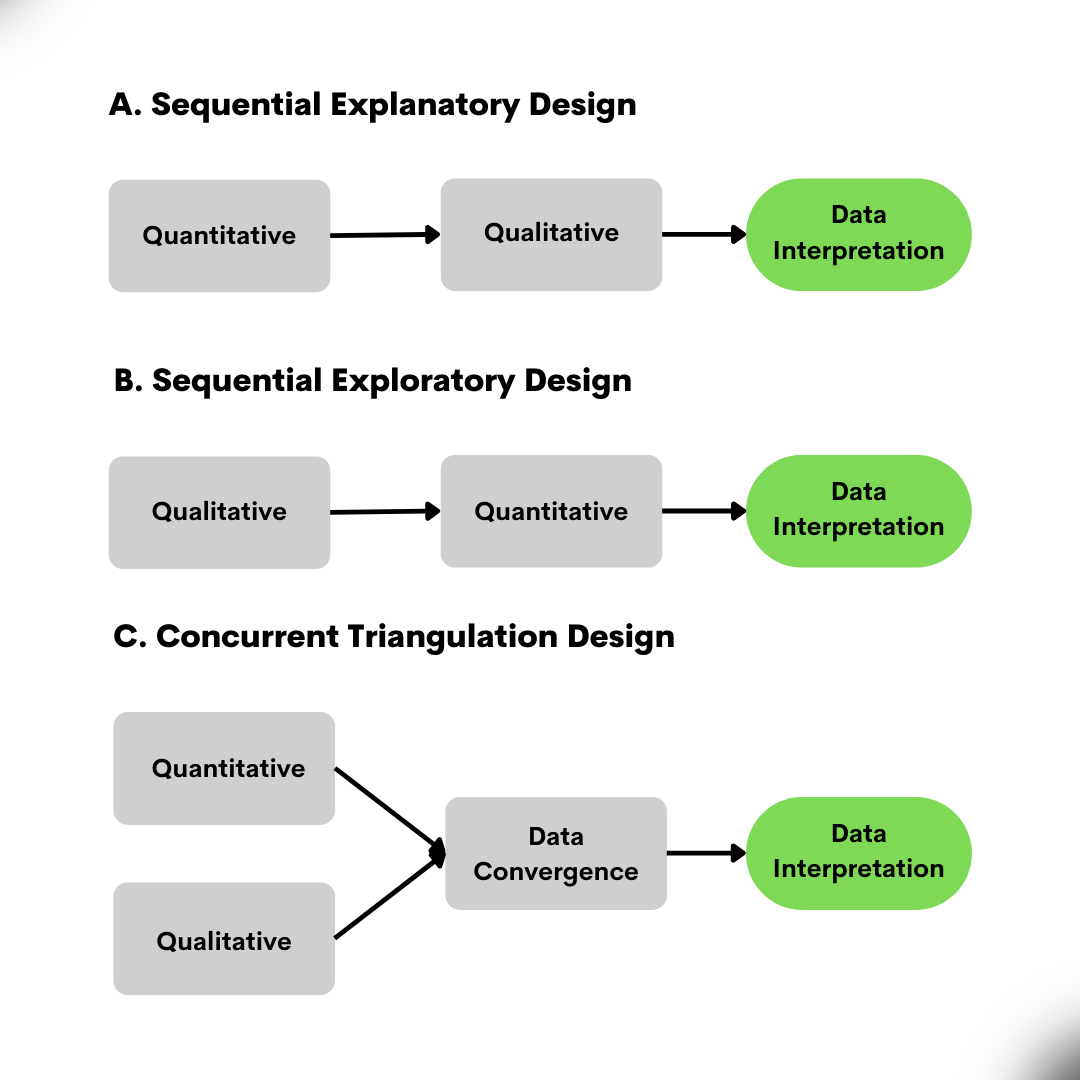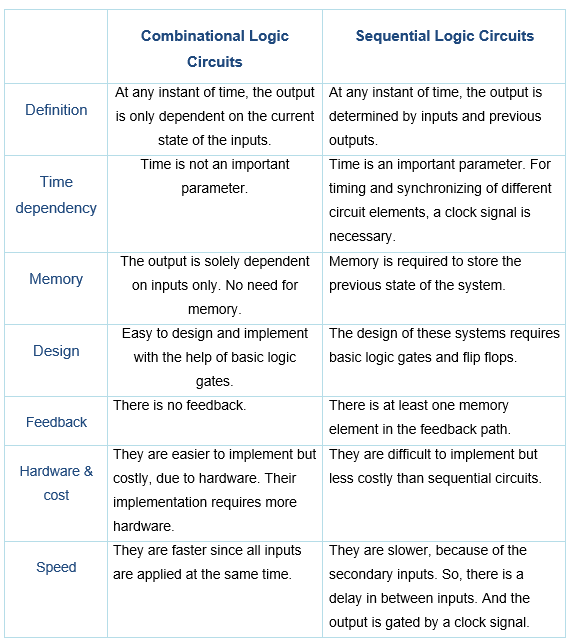Table Of Content

The naive approach for the alpha adjustment again would be to treat both density distributions as independent and apply the Bonferroni correction. With this in mind, the graphical presentation below is more precise to visualize the data sample setup. For example, in the first stage we collect a sample X1 and in a second stage we combine the sample X1 with a new sample X2.
10. Interview Data Processing Approach

As a solution, this study applies interval estimations of the efficacy response based on Howe’s, Cochran–Cox’s, and Satterthwaite’s approximations, which have been shown to have well-controlled type I error rates. However, the traditional sample size determination cannot be applied to the interval estimators. The sample size determination to achieve a desired power based on these interval estimators is then presented.

3. Coding of the Collected Data
Related to this idea is whether one will conduct a qualitatively driven, a quantitatively driven, or an equal-status mixed methods study. This language is sometimes included in the design name to communicate this characteristic of the study design (e. g., a “quantitatively driven sequential mixed methods design”). In addition to a mixing purpose, a mixed methods research study might have an overall “theoretical drive” (Morse and Niehaus 2009). When designing a mixed methods study, it is occasionally helpful to list the theoretical drive in the title of the study design.
Learning Outcomes
When looking at cross-sectional designs, we have to consider the cohort effect, which means that if you're studying something like aging and a big event happens, like 9/11 or the Great Depression, then it affects everyone in the whole cohort. But the Great Depression didn't affect me, and 9/11 didn't affect my great-grandparents like it did our cohort. Sequential designs uses the present input and past output to generate an output on the active edge of the clock. The sequential design elements are latches and flip-flops, and they are extensively used in the design.
5. Results from the Statistical Analysis
ICTU and NIHR RSS Imperial and partners Hubs' 1st Contemporary Clinical Trials Methodology Meeting - Imperial College London
ICTU and NIHR RSS Imperial and partners Hubs' 1st Contemporary Clinical Trials Methodology Meeting.
Posted: Fri, 08 Mar 2024 16:06:56 GMT [source]
That is, instead of doing a study over many years, we can complete a research study in a short amount of time. Once the study is complete, the subjects go off on their merry way and never have to come back later. This allows you to maintain high ecological validity, because your study looks a lot like the population you're interested in studying. Most importantly of all, we need to have ecological validity, which is defined as the level to which we can apply findings to real-world situations. Meaning, if I say people will always do better on their tests and pay attention to their lessons, but I have to wrap a live electrode around their thumb to keep their attention, then this would be said to have low ecological validity.
In addition, researchers argue that this tool must fulfil stringent validity criteria, such as reliability and responsiveness, to be regarded as a robust measuring device. During the sample period, survey questionnaires were the primary means of collecting data. Participants in the study were asked to complete a survey in which the test variables and research topics were addressed [40].
Frontiers in Biostatistics: Group Sequential Design Assuming Delayed Benefit - HSPH News
Frontiers in Biostatistics: Group Sequential Design Assuming Delayed Benefit.
Posted: Tue, 09 Feb 2021 08:00:00 GMT [source]
In all cases, the mixing of methods, methodologies, and/or paradigms will help answer the research questions and make improvements over a more basic study design. Longitudinal design is a research study where a sample of the population is studied at intervals to examine the effects of development. There are also cross-sectional designs, defined as sampled groups along a developmental path in an experiment to determine how development influences a research variable. Lastly, there is sequential design, sometimes referred to as cross-sequential design, which is defined as a combination of longitudinal and cross-sectional design by following several differently aged cohorts over time.
Optimal group sequential designs constrained on both overall and stage one error rates
To conduct a longitudinal design, we start with 20-year-olds and then check in with them every 20 years to see how they've changed. This type of study design has some of the benefits of both cross-sectional and longitudinal studies. For this study, the design of the semi-structured interview questionnaire followed the protocols and guidelines by Scheele and Groeben [37], Graneheim and Lundman [38] and Whiting [36], which emphasise that questions should be based on the reviewed literature.
Lifespan Development
It was found that researchers rarely use the minimally meaningful effect size as a rationale for the chosen effect in a power analysis. Further, precision-based approaches and collecting the maximum sample size feasible are almost never used in tandem with power analyses. In light of these findings, we offer that researchers should focus on tools beyond traditional power analysis when sample planning, such as collecting the maximum sample size feasible. This paper established a mixed-method approach that can be applied to contextual top leadership interventions in construction H&S by adopting an exploratory sequential approach. The in-depth details of certain aspects such as the statistical analysis, descriptive analysis, the data coding process, and the theory of top leadership in the construction H&S were not discussed but highlighted.
In the case of an analytical point of integration, a first analytical stage of a qualitative component is followed by a second analytical stage, in which the topics identified in the first analytical stage are quantitized. The results of the qualitative component ultimately, and before writing down the results of the analytical phase as a whole, become quantitative; qualitizing also is a possible strategy, which would be the converse of this. At some point in writing down the results of the first component, the results of the second component are added and integrated. A joint display (listing the qualitative and quantitative findings and an integrative statement) might be used to facilitate this process.
In the mixed methods literature, various typologies of mixed methods designs have been proposed (for an overview see Creswell and Plano Clark 2011, p. 69–72). From a qualitative perspective, the aim is to explore the study phenomenon through the inductive method, determining through hermeneutic analysis the emerging categories of the complex reality studied. To achieve this, the application of semi-structured interviews is recommended through a script of questions to key informants selected according to pre-established criteria and coherent with the object of study [46]. This innovative mode of study is only helpful in situations where the research questions are complex and intended to address phenomena of the same range, with interdisciplinary participation [19], with different theoretical and practical perspectives, encouraging fuzzy thinking and logic. This complementarity, not seen before in other types of studies, establishes particular correlations and critical positions and formalisations in the methodological combination that gives it an innovative and futuristic character.
Many of our design dimensions ultimately refer to different ways in which the qualitative and quantitative research components are interdependent. Different purposes of mixing ultimately differ in the way one component relates to, and depends upon, the other component. For example, these purposes include dependencies, such as “x illustrates y” and “x explains y”. Dependencies in the implementation of x and y occur to the extent that the design of y depends on the results of x (sequentiality).
Moreover, the consistency criteria suggested by the Japanese Ministry of Health, Labour and Welfare guidance to decide whether the overall results from the multiregional clinical trial obtained via the proposed interval estimation were also applied. The results of simulation studies indicate that the proposed method can correctly determine the required sample size and evaluate the assurance probability of the consistency criteria. It also multiplies bias, increases uncertainty and further entangles the subject and social phenomena. Consequently, through epistemic and methodological pluralism, the different research levels (DISPRE phases) are deepened. The sequential exploratory approach has been the dominant type of design employed in the social sciences [42]. This type of study requires a research question underpinned by a firm theoretical basis, with a consensual and rational basis.
The divisions of the interview questionnaire were explained, and the entire meeting session was kept aligned with the ethical boundaries set beforehand. The interviews were verbal while incorporating the probing techniques shown in Table 2 to reach a clear response. The respondent’s answers were recorded verbatim on both tape and interview answer sheets by the interviewer. Recording the interview answers verbatim offers a robust method for data collection [3]. Although this distinction is useful in some circumstances, we do not advise to apply it to every mixed methods design.
However, more important is the ecological validity, which is defined as the level to which we can apply the findings to real-world situations. When looking at different age groups, you have the cohort effect influencing each subject. You also have to contend with a loss of participants and the cost of running such a large study. If you run an experiment for 10 years, some are going to move, and some will just want to stop participating. There is also the factor of cost, because it takes a lot of money to keep up with all those people. Looking at cross-sectional designs, we already discussed the situation with time.
Following normality tests, which were comprised principally of the degree of Skewness and Multivariate Kurtosis as guiding descriptors, correlation and regression of the model variables were applied. In this regard, Mathison (1988) recommends determining whether deviating results shown by the data can be explained by knowledge about the research and/or knowledge of the social world. Differences between results from different data sources could also be the result of properties of the methods involved, rather than reflect differences in reality (Yanchar and Williams 2006). In general, the conclusions of the individual components can be subjected to an inference quality audit (Teddlie and Tashakkori 2009), in which the researcher investigates the strength of each of the divergent conclusions. We recommend that researchers first determine whether there is “real” divergence, according to the strategies mentioned in the last paragraph.

No comments:
Post a Comment